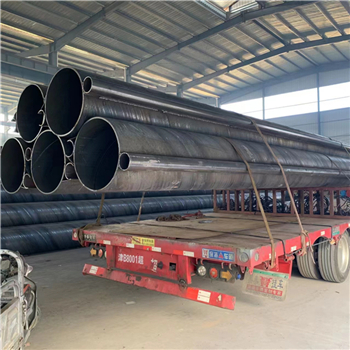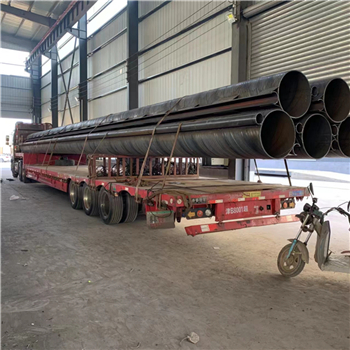

Structural steel is a standard building material made from certain grades of steel and comes in a range of industry standard cross-sectional shapes (or "profiles"). Structural steel grades are developed with specific chemical composition and mechanical properties designed for specific applications.
In Europe, structural steel must comply with the European standard EN 10025, which is administered by the European Committee for Iron and Steel Standardization (ECISS), a subgroup of the European Committee for Standardization (CEN).
There are many examples of European structural steel grades, such as S195, S235, S275, S355, S420 and S460. In this article, we will focus on the chemical composition, mechanical properties and applications of S235, S275 and S355, three common structural steel grades used in various construction projects in the European Union.
According to the Eurocode classification, structural steels must be designated by standard symbols including but not limited to S, 235, J2, K2, C, Z, W, JR and JO, where:
Depending on the manufacturing process, chemical composition, and associated application, additional letters and classifications may be used to identify a specific structural steel grade or product.
The EU classification is not a global standard, so many relevant grades with the same chemical and mechanical properties may be used in other parts of the world. For example, structural steel produced for the US market must meet the requirements of the American Society for Testing and Materials (ASTM). International codes start with "A" followed by the appropriate class, such as A36 or A53.
In most countries, structural steel is regulated and must meet minimum specific standards for shape, size, chemical composition and strength.
The chemical composition of structural steel is extremely important and highly regulated. This is the main factor that determines the mechanical properties of steel. In the table below you can see the maximum percentage levels of certain adjustable elements present in the European structural steel grades S235, S275 and S355.
The chemical composition of structural steel is extremely important and strictly regulated. It is a fundamental factor that determines the mechanical properties of steel. In the table below you can see the maximum percentage of some regulated elements in European structural steel grades S235, S275 and S355.
The chemical composition of structural steel is very important to engineers and will vary from grade to grade depending on its intended use. For example, S355K2W is a hardened structural steel, referred to as K2, with a chemical composition designed for higher weather resistance - W. Therefore, the chemical composition of this structural steel grade differs slightly from the standard S355 grade.
The mechanical properties of structural steel underlie its classification and application. Although the chemical composition is the main factor that determines the mechanical properties of steel, it is also important to know the minimum criteria for mechanical properties or performance, such as yield strength and tensile strength, as described in more detail below.
Structural steel yield strength measures the minimum force required to create permanent deformation in the steel. The naming convention used in the European standard EN10025 refers to the minimum yield strength of a steel grade tested at 16 mm thickness.
The tensile strength of structural steel is related to the point at which permanent deformation occurs when the material is stretched or stretched transversely along its length.
Structural steel comes in a variety of grades, but is often sold preformed into a specific cross-sectional shape designed for a specific application. For example, structural steel sold as I-beams, Z-beams, box lintels, hollow structural sections (HSS), L-beams, and steel plates are common.
Depending on the desired application, the engineer specifies the grade of steel—usually to meet minimum strength, maximum weight, and possible weather requirements—as well as the sectional shape—relative to the required location and anticipated loads or loads. work to be done.
Structural steel has many applications, and its applications are varied. They are particularly useful as they offer a unique combination of good weldability and guaranteed strength. Structural steel is an extremely adaptable product often preferred by engineers looking to maximize strength or S-shaped structures while minimizing their weight.
Post time: Apr-13-2023
